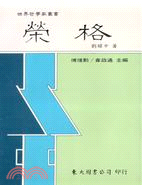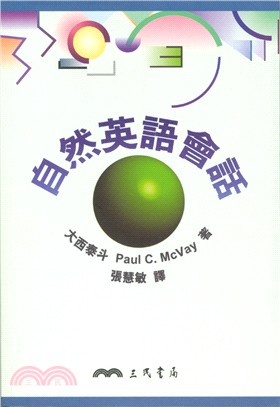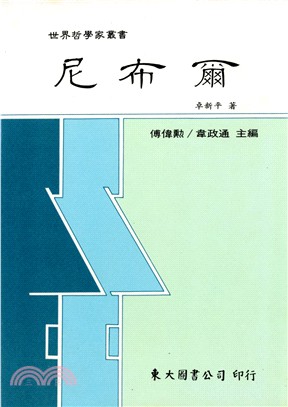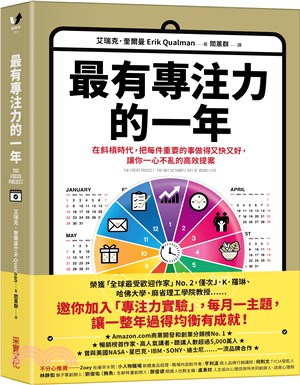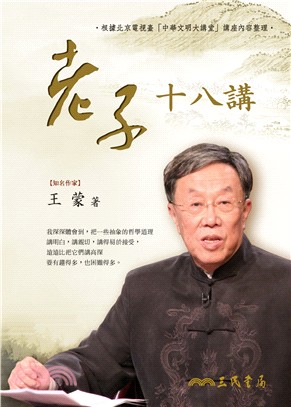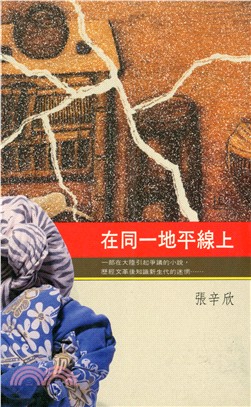Advanced Computational Materials Modeling - From Classical To Multi-Scale Techniques
商品資訊
商品簡介
作者簡介
Eduardo A. de Souza Neto is a Reader at the School of Engineering, Swansea University, UK. He received his Ph.D. in 1994 from Swansea University for his work in computational plasticity. He has dedicated his research activities to the development of constitutive models and numerical algorithms aimed at large strain inelasticity. He authored key papers on finite element technology, finite strain plasticity and damage mechanics and has been more recently publishing articles on multi-scale methods in non-linear solid mechanics. He is also the author of a textbook on computational methods for plasticity.
Pablo Andres Munoz-Rojas leads the "Computational Mechanics Laboratory" at the State University of Santa Catarina, Brazil. He obtained his Ph.D. degree at the Federal University of Rio Grande do Sul, Brazil, with research on the application of optimization techniques to metal forming problems. He has focused his work on numerical techniques for sensitivity analysis, parameter identification of elastic-plastic properties and viscoelasticity.
目次
List of Contributors.
1 Materials Modeling – Challenges and Perspectives (Miguel Vaz Jr., Eduardo A. de Souza Neto, and Pablo Andre´s Mu˜noz-Rojas).
1.1 Introduction.
1.2 Modeling Challenges and Perspectives.
1.3 Concluding Remarks.
Acknowledgments.
References.
2 Local and Nonlocal Modeling of Ductile Damage (José Manuel de Almeida César de Sá, Francisco Manuel Andrade Pires, and Filipe Xavier Costa Andrade).
2.1 Introduction.
2.2 Continuum Damage Mechanics.
2.3 Lemaitre’s Ductile Damage Model.
2.4 Modified Local Damage Models.
2.5 Nonlocal Formulations.
2.6 Numerical Analysis.
2.7 Concluding Remarks.
Acknowledgments.
References.
3 Recent Advances in the Prediction of the Thermal Properties of Metallic Hollow Sphere Structures (Thomas Fiedler, Irina V. Belova, Graeme E. Murch, and Andreas ¨ Ochsner).
3.1 Introduction.
3.2 Methodology.
3.3 Finite Element Analysis on Regular Structures.
3.4 Finite Element Analysis on Cubic-Symmetric Models.
3.5 LMC Analysis of Models of Cross Sections.
3.6 Computed Tomography Reconstructions.
3.7 Conclusions.
References.
4 Computational Homogenization for Localization and Damage (Thierry J. Massart, Varvara Kouznetsova, Ron H. J. Peerlings, and Marc G. D. Geers).
4.1 Introduction.
4.2 Continuous–Continuous Scale Transitions.
4.3 Continuous–Discontinuous Scale Transitions.
4.4 Closing Remarks.
References.
5 A Mixed Optimization Approach for Parameter Identification Applied to the Gurson Damage Model (Pablo Andre´s Muñoz-Rojas, Luiz Antonio B. da Cunda, Eduardo L.Cardoso, Miguel Vaz Jr., and Guillermo Juan Creus).
5.1 Introduction.
5.2 Gurson Damage Model.
5.3 Parameter Identification.
5.4 Optimization Methods – Genetic Algorithms and Mathematical Programming.
5.5 Sensitivity Analysis.
5.6 A Mixed Optimization Approach.
5.7 Examples of Application.
5.8 Concluding Remarks.
Acknowledgments.
References.
6 Semisolid Metallic Alloys Constitutive Modeling for the Simulation of Thixoforming Processes (Roxane Koeune and Jean-Philippe Ponthot).
6.1 Introduction.
6.2 Semisolid Metallic Alloys Forming Processes.
6.3 Rheological Aspects.
6.4 Numerical Background in Large Deformations.
6.5 State-of-the-Art in FE-Modeling of Thixotropy.
6.6 A Detailed One-Phase Model.
6.7 Numerical Applications.
6.8 Conclusion.
References.
7 Modeling of Powder Forming Processes; Application of a Three-invariant Cap Plasticity and an Enriched Arbitrary.
Lagrangian–Eulerian FE Method (Amir R. Khoei).
7.1 Introduction.
7.2 Three-Invariant Cap Plasticity.
7.3 Arbitrary Lagrangian–Eulerian Formulation.
7.4 Enriched ALE Finite Element Method.
7.5 Conclusion.
Acknowledgments.
References.
8 Functionally Graded Piezoelectric Material Systems – A Multiphysics.
Perspective (Wilfredo Montealegre Rubio, Sandro Luis Vatanabe, Gláucio Hermogenes Paulino, and Emílio Carlos Nelli Silva).
8.1 Introduction.
8.2 Piezoelectricity.
8.3 Functionally Graded Piezoelectric Materials.
8.4 Finite Element Method for Piezoelectric Structures.
8.5 Influence of Property Scale in Piezotransducer Performance Material Gradation Functions.
8.6 Influence of Microscale.
8.7 Conclusion.
Acknowledgments.
References.
9 Variational Foundations of Large Strain Multiscale Solid Constitutive.
Models: Kinematical Formulation (Eduardo A. de Souza Neto and Raúl A. Feijóo).
9.1 Introduction.
9.2 Large Strain Multiscale Constitutive Theory: Axiomatic Structure.
9.3 The Multiscale Model Definition.
9.4 Specific Classes of Multiscale Models: The Choice of Vµ.
9.5 Models with Stress Averaging in the Deformed RVE Configuration.
9.6 Problem Linearization: The Constitutive Tangent Operator.
9.7 Time-Discrete Multiscale Models.
9.8 The Infinitesimal Strain Theory.
9.9 Concluding Remarks.
Appendix.
Acknowledgments.
References.
10 A Homogenization-Based Prediction Method of Macroscopic Yield.
Strength of Polycrystalline Metals Subjected to Cold-Working (Kenjiro Terada, Ikumu Watanabe, Masayoshi Akiyama, Shigemitsu Kimura, and Kouichi Kuroda).
10.1 Introduction.
10.2 Two-Scale Modeling and Analysis Based on Homogenization.
Theory.
Cold-Working.
10.3 Numerical Specimens: Unit Cell Models with Crystal Plasticity.
10.4 Approximate Macroscopic Constitutive Models Model.
10.5 Macroscopic Yield Strength after Three-Step Plastic Forming.
10.5.1 Forming Condition.
10.5.2 Two-Scale Analyses with Micro–Macro Coupling and Decoupling Schemes.
10.5.3 Evaluation of Macroscopic Yield Strength after Three-Step Plastic.
Forming.
10.6 Application for Pilger Rolling of Steel Pipe.
10.6.1 Forming Condition.
10.6.2 Decoupled Microscale Analysis.
10.6.3 Evaluation of Macroscopic Yield Strength after Pilger Rolling Process.
10.7 Conclusion.
References.
Index.
主題書展
更多書展本週66折
您曾經瀏覽過的商品
購物須知
外文書商品之書封,為出版社提供之樣本。實際出貨商品,以出版社所提供之現有版本為主。部份書籍,因出版社供應狀況特殊,匯率將依實際狀況做調整。
無庫存之商品,在您完成訂單程序之後,將以空運的方式為你下單調貨。為了縮短等待的時間,建議您將外文書與其他商品分開下單,以獲得最快的取貨速度,平均調貨時間為1~2個月。
為了保護您的權益,「三民網路書店」提供會員七日商品鑑賞期(收到商品為起始日)。
若要辦理退貨,請在商品鑑賞期內寄回,且商品必須是全新狀態與完整包裝(商品、附件、發票、隨貨贈品等)否則恕不接受退貨。













